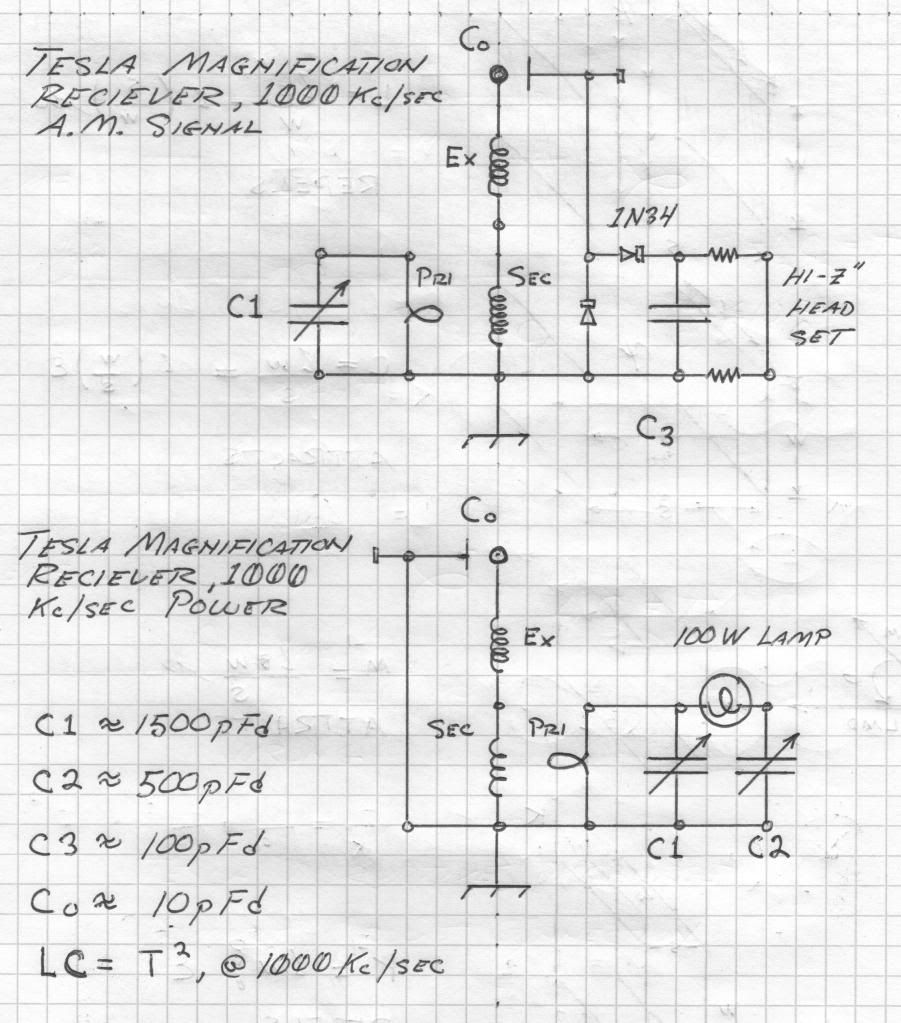Originally posted by dR-Green
View Post
However if there is a strong em modulated signal nearby, you will hear it, if you are in a metro area, you may hear several all at the same time. That's kind of how the front end of SDR works, by the way. The computer does the sorting/scanning /display. The tank selects the frequency of interest in your case, amplifying it with with the resonant condition.
However, if you cut the antenna length to some resonant frequency, that would help, but still untuned. A "right sized" variable cap in between might
help with the tuning.





Leave a comment: